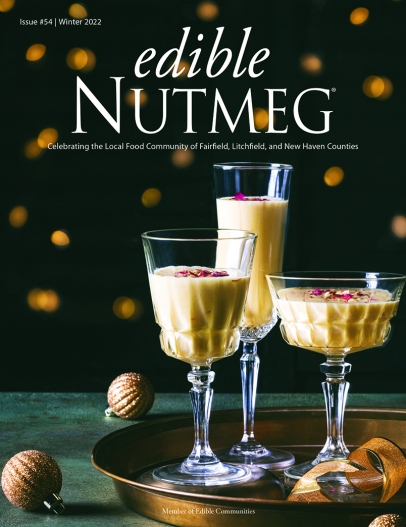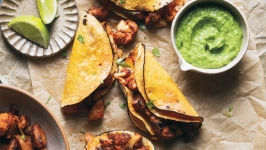
The holiday season brings with it a series of annual traditions: feasts with friends and family (with no shortage of eating too much), gift giving (and receiving), celebratory gatherings with those who are dear to us (and often too distant), and more. The common thread in these seasonal customs is the centrality of community — these are things we do with others, and whether we love or merely endure the people we celebrate with, the holidays would be a hollow experience without them.
This is something many of us learned during the height of the pandemic; dinner gatherings by video conference were better than nothing but far inferior to the real thing. Although the ability to digitally connect was a boon at that time, I wonder how beneficial it has been in a larger context. Social media, in particular, seems ironically at odds with the idea of community it purports to create. Certainly, there are invaluable, supportive communities existing within the social media sphere that bring people together across great physical distances, which could not exist without these digital tools. Yet, all too frequently, our digital lives seem to serve as a divisive instrument, instead. The odd uncle who attends a holiday dinner is tolerated (perhaps, in part, thanks to seasonal libations), even if his views differ from ours. However, in a digital landscape, without the benefit of body language and face-to-face personableness, he might instead be ostracized.
It's easy to turn our digital backs on people, even those who are a part of our community. But is this something we would do in-person, in a truly communal setting? In this issue, we talk with two cafe owners who have been parts of their respective communities for decades. The primacy of their communities’ roles is not lost on them — their regulars are both financial and spiritual supporters of their endeavors, and in exchange, their patrons are provided with a gathering point in which many members of the community can eat, drink, and connect.
Of course, our state is rich with locations like these. Every small town in Connecticut — a state seemingly made entirely of small towns — has its own “local” spot. I’m sure you know of one in your neighborhood. It’s the restaurant or bar or coffee shop where you can, on any given day, expect to find your community’s residents, where you know you’ll always find someone who knows you, and where a new face might well be a new member of the neighborhood — one who might offer new opinions and experiences that help enrich the community for everyone.
Having locations like this, where our social interactions play out in the physical presence of others, seems to me to be a critical component in a strong community — one in which we have greater tolerance for small differences thanks to the recognition of the many commonalities that result from living in and sharing a physical community. The mere act of seeing someone regularly teaches us to view them as a person, rather than as a collection of ideas we may or may not agree with.
The holidays offer an opportunity to renew social ties within both our families and our communities. Wherever your festivities may occur — at home or at your favorite gathering location — I hope that they are plentiful, and that you get to converse and commune not only with those with whom you love and agree, but also with those who might challenge your point of view. Perhaps most importantly, I hope your holidays find, among the likes, loves, shares, and comments, an even greater measure of real smiles, laughs, hugs, and well wishes.
Dana Jackson, Editor & Publisher

Winter 2022 Digital Edition Flipbook














